 This Feast says it all really.
This Feast says it all really.In the eleventh and twelfth centuries a special devotion to the Sacred Heart was particularly cultivated. It was taken up particularly by St Bruno and the Carthusians.
The Cistercians also were much devoted to the heart of Jesus, particularly St Bernard himself.
St Gertrude the Great and St Mechtilde were also great promoters of the devotion as also the learned the author of the "Vitis mystica", thought to be St Bonaventure.
From the thirteenth to the sixteenth centuries, the devotion was everywhere practised by individuals and by different religious congregations, such as the Franciscans and the Dominicans.
It was established as a devotion with prayers already formulated and special exercises, found in the writings of Lanspergius (d. 1539) of the Carthusians of Cologne, Louis of Blois (Blosius, 1566), a Benedictine and Abbot of Liessies in Hainaut, John of Avila (d. 1569) and St Francis de Sales, the latter belonging to the seventeenth century.
 St Gertrude the Great, Visionary-Apostle of the Sacred Heart
St Gertrude the Great, Visionary-Apostle of the Sacred Heart
The image of the Sacred Heart of Jesus was everywhere in evidence, largely due to the Franciscan devotion to the Five Wounds and to the habit formed by the Jesuits of placing the image on their title-page of their books and the walls of their churches.
The Jesuits subsequently became the great defenders of the devotion to the Sacred Heart and were opposed by the mean-minded, narrow, puritanical but revolutionary Jansenists who mockingly called the devotees of the Sacred Heart by the name of Cordicoles or heart-worshippers.
Jansenists, like Bishop Scipione de' Ricci of Pistoia-Prato in Tuscany, later openly embraced the principles of the French Revolution whilst those Catholics who fought against the Revolution frequently adopted the Sacred Heart as their symbol.

The heresiarch Jansenist, Bishop Scipione de' Ricci, the Bishop of Pistoia-Prato
Ricci worked in conjunction with Prince Kaunitz, the Freemasonic Chancellor of State (Prime Minister) of the Holy Roman Empire, who had consolidated himself in the government of the Empire under Empress Maria Theresa, and later under the liberal Modernist heterodox Catholic, Emperor Joseph II.
Joseph's younger brother, Grand Duke Peter Leopold of Tuscany, later himself Emperor for 2 years, was also a willing aider and abetter of Ricci's schemes.
Ricci held a famous Synod at Pistoia in which, with the support of the Grand Duke, he tried to impose, experimentally, an early form of liberal Modernist Catholicism upon people and clergy in his diocese. The people rose up, locked his Synod members in the Seminary and would not let them out until they had rescinded all the Modernist decrees, even taking off roof-tiles to get them to hurry the rescissions!
Few foresaw that the foolish experiments of the Jansenists and liberal Modernists would lead to them, the Empire and the Grand Duchy being altogether swept away by the tide of revolutionary hatred and violence.
Some Jansenists, after the Terror, returned to the Faith but by then the damage was done.
Ricci did not return until 1805, after he had seen the arrest of Pope Pius VII by Napoleon Bonaparte who compelled him to come to Paris and there to preside at the coronation of the destroyer of Christendom. It finally dawned on Ricci that his experiments had not had a good result.
 Heterodox Habsburg: HIRH Grand Duke Peter Leopold of Tuscany was that rare thing, an heterodox Habsburg. He supported Ricci's ill-fated schemes and so prepared the way for his own family's later fall.
Heterodox Habsburg: HIRH Grand Duke Peter Leopold of Tuscany was that rare thing, an heterodox Habsburg. He supported Ricci's ill-fated schemes and so prepared the way for his own family's later fall.
The faithless disloyalty of these Jansenists, Febronianists, Gallicanists and other liberal Catholics who had lapsed from the Faith, wrought appalling damage to Christendom and eventually led to the complete overthrow of Christendom.
Conversely, the Sacred Heart symbol became one of the great symbols of the defence of the Faith during the French revolutionary period and was used by the many Catholics who rose up against the usurping secularists and revolutionaries, not least in the Vendée region of Western France.
The enemies of the Sacred Heart of Jesus had become, wittingly or not, the prime tools of Satan. That is their legacy - fittingly so, since it is Satan who is primarily opposed to the love of God which is so much a part of the devotion to the Sacred Heart.
St John Eudes (1602-1680) publicly and enthusiastically promoted the devotion and gave it an Office and established a feast for it. St John Eudes was also the apostle of the Immaculate Heart of Mary.
On 31 August 1670, the first feast of the Sacred Heart was celebrated in the Grand Seminary of Rennes in Brittany. Coutances followed suit on 20 October, a day with which the Eudist feast was from then on to be connected.
The feast soon spread to other dioceses, and the devotion was likewise adopted in various religious communities. It gradually came into contact with the devotion begun at Paray-le-monial resulting in a fusion of the two.
Eventually the devotion was hallowed by private revelation with the now famous revelations to St Margaret Mary Alacoque in the Visitation convent in Paray-le-monial.
Thereafter the devotion was taken by her confessor and spiritual director, St Claude de la Colombiere SJ, to England where, as chaplain to the English Queen, Mary of Modena, he was able to promote the devotion.
 St Claude de la Colombiere SJ, confessor of both St Margaret Mary Alacoque and HRH Queen Mary of England, wife of King James II and VII. He was a great promoter of the Sacred Heart devotion.
St Claude de la Colombiere SJ, confessor of both St Margaret Mary Alacoque and HRH Queen Mary of England, wife of King James II and VII. He was a great promoter of the Sacred Heart devotion.
In 1676 he had been sent to England as preacher to Mary of Modena, Duchess of York, afterwards Queen and wife to King James II and VII, the true Stuart monarch of England, Scotland, Ireland and France.
It is fitting that Mary came from Modena which is not far north of that later centre of Jansenism, Pistoia.
St Claude lived the life of a Religious even in the Court of St. James and was as active a missionary in England as he had been in France. Although encountering many difficulties, he was able to guide Saint Margaret Mary by letter.
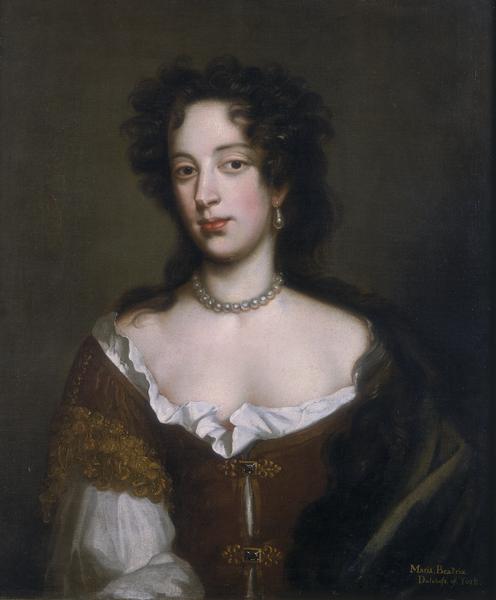 HRH Princess Mary of Modena-Este, Duchess of York as wife to the future King James II and VII and thus, later, Queen of England. Her confessor was St Claude de la Colombiere SJ whom she helped to spread the devotion to the Sacred Heart of Jesus in England
HRH Princess Mary of Modena-Este, Duchess of York as wife to the future King James II and VII and thus, later, Queen of England. Her confessor was St Claude de la Colombiere SJ whom she helped to spread the devotion to the Sacred Heart of Jesus in EnglandNow the Feast is a great one and has an Octave. An external solemnity is also permitted to be celebrated on the Sunday during the Octave.

St Gaius Cassius Longinus,
the Roman soldier who opened the side of our Lord with a spear but later converted to Christianity
"Unus militum lancea latus ejus aperuit, et continuo exivit sanguis et aqua".
"One of the soldiers with a spear opened His side and immediately there came out blood and water".

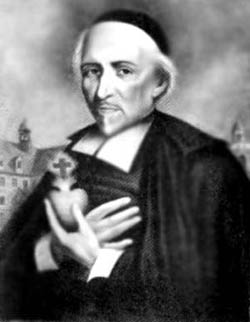
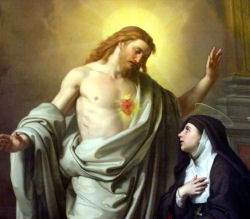







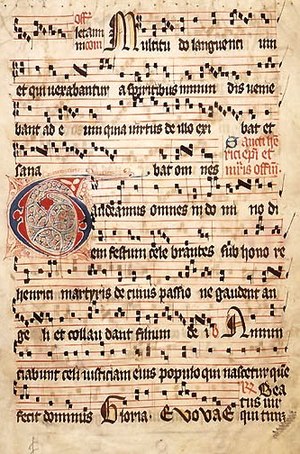

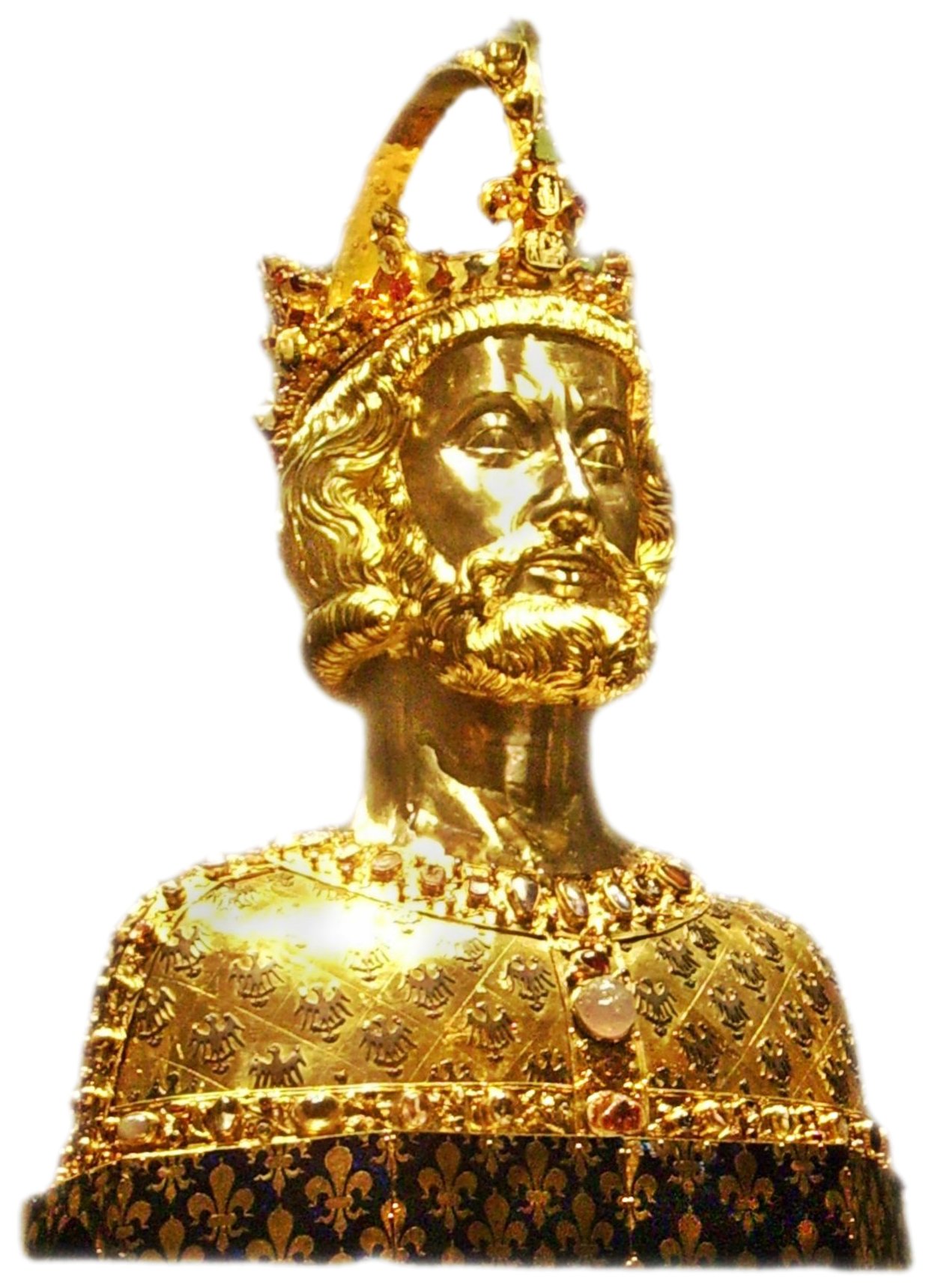



.jpg)


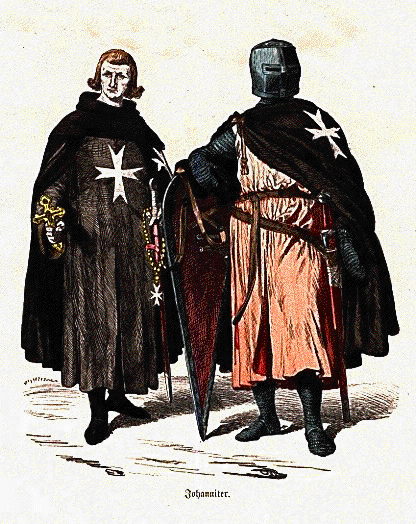

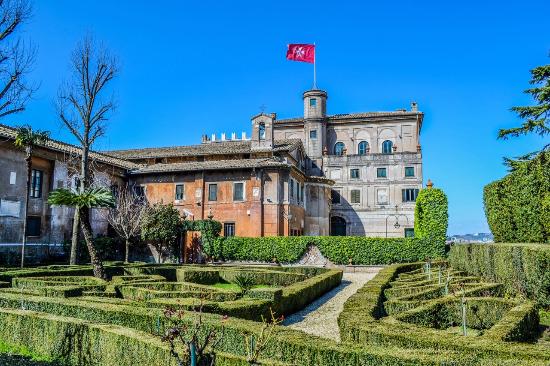


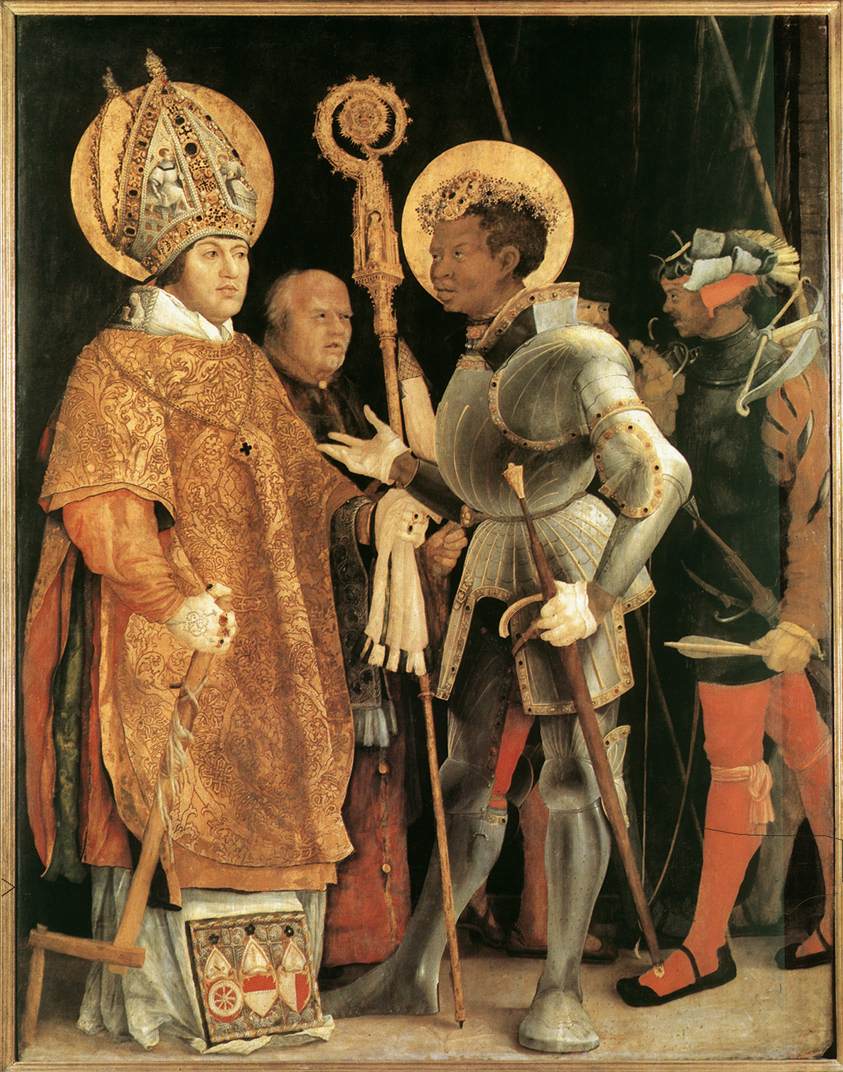
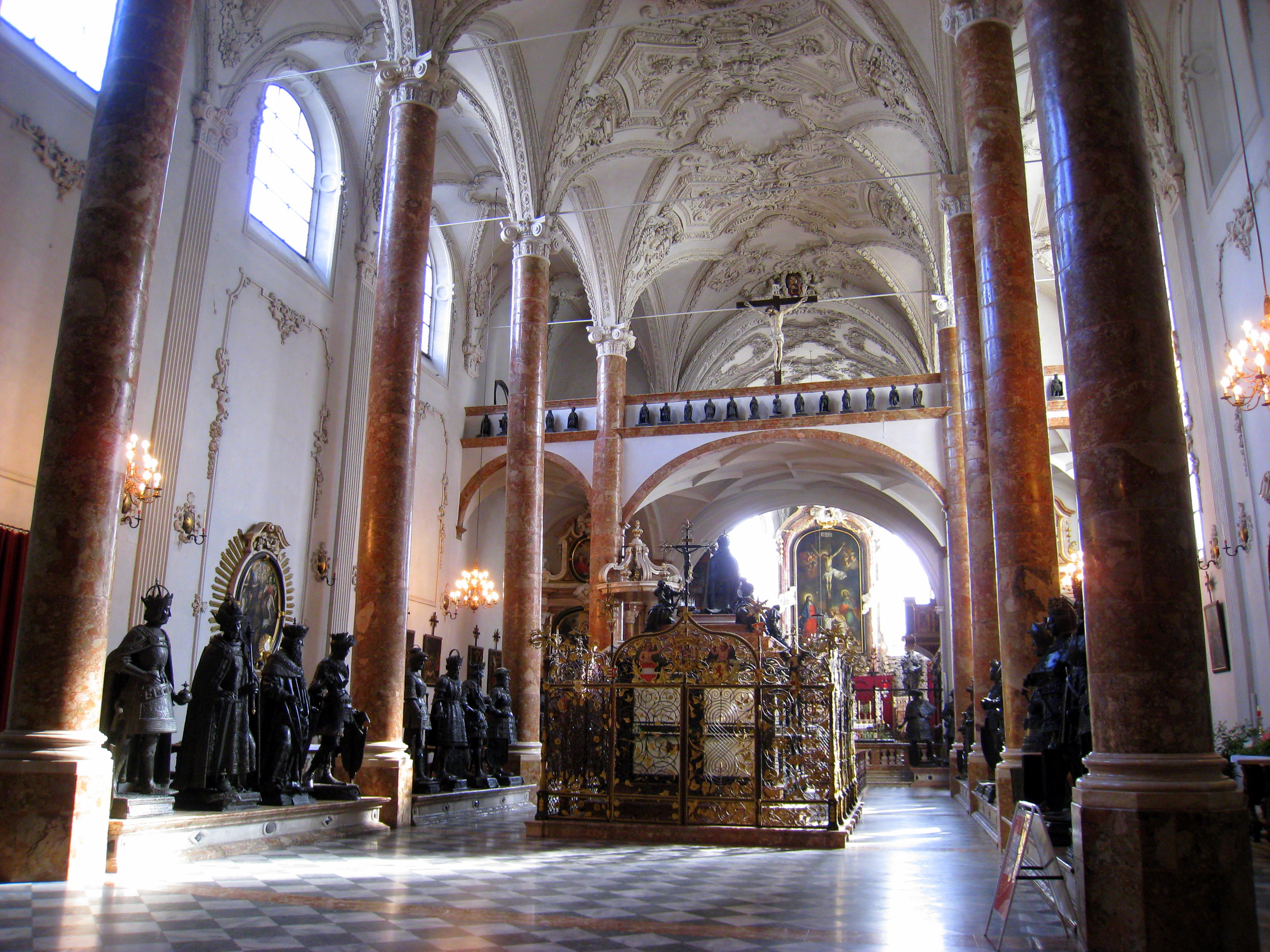


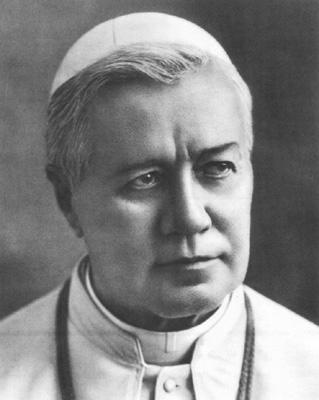














_-002.jpg/220px-Circle_of_Anton_Raphael_Mengs,_Henry_Benedict_Maria_Clement_Stuart,_Cardinal_York_(ca_1750)_-002.jpg)



6 comments:
Worshiping body parts can be taken to extremes-one thinks of the half dozen or so Holy Foreskins wandering around medieval Europe to see where this kind of thing can get a bit too literal.
Are you doubting the existing of the human prepuce? Or that our Lord was circumcised?
Or are you merely doubting that any relic was preserved?
If the former, you have an uphill struggle to prove your case.
If the latter, then you may well be right.
But so what?
The fact that some relics are fake does not mean that no relic should ever be venerated.
Venerating relics (not "worshipping body parts") is as ancient as Christianity and is warmly endorsed by the Fathers of Christianity. It is plainly an important part of Christian devotion.
If you don't like it well I suppose you could join another Church and argue the toss with God in the next world.
In the case of the Sacred Heart, no-one ever suggested that there was a relic to be venerated (as you seem to).
The adoration of Christ's Sacred Heart is a spiritual worship of the Resurrected Heart of Christ which, after the Ascension, is in heaven not on earth.
There is therefore no relic available on the earth to adore.
Seriously-if you had some of his bodily secretions, would they also be legitimate objects of veneration?
For example, suppose Jesus vomited and there was blood in it. You have catholic churches named "Precious Blood"; would you then have to have "Holy Sick" churches, too?
Does god ignore the people venerating the fake/inaccurate relics? Or do the people venerating the real ones just get a bonus?
I don't doubt the existence of a prepuce or circumcision-I just can't imagine someone sane not only keeping a foreskin but keeping it long enough and trying to get other people to touch it.
I guess it's no more foolish than the Buddha Tooth temples or the mob scene at Ayatollah Khomeini's funeral.
And people still keep Martin Luther King, Jr.'s shirt he was shot it-and they're Baptists who don't (or shouldn't)believe in relics and the veneration of saints.
Dear Brad,
Fair questions but you answer them yourself with your own last post.
Baptists keep King's shirt.
Most people keep relics but, if they are not religious relics, people like you don't take them to task for it.
Do you say to your work-mates who keep pictures of their family on their desk "Hey, you! Why have you got a picture of your family on your desk! Why don't you keep some of their bodily fluids on your desk, too? Weirdo!".
Most people keep mementoes of their deceased family, too, especially the ones they were closest to like their parents or children or, above all, a wife, husband or lover.
Why? Because we wish to treasure their memory and keep it in our hearts and minds.
Why? Because it reminds us that love is less transitory than life itself.
It is, in short, an example of the timelessness and eternity of love.
Now if this applies to our relationships with other people, how much the more should it apply to our relationship with God and with the friends and family of the God who created us, sustains us and wishes us to be happy with Him in the next life.
No-one asks why a man keeps a memento of his late wife, whom he so much loved, on his desk. Why then should they ask why he also keeps a memento of God, whom he also loves.
No-one would ask him why he does not keep bodily fluids because the obvious answer is that it is not fitting since that is not what he cares to remember of her. The less corruptible a relic the better it reminds us of the timelessness of our love.
Well, likewise with the humanity of God and the mutual love of God and man.
The answers to your other questions thus also become pretty obvious, in this light.
Does god ignore the people venerating the fake/inaccurate relics?
God ignores no-one, least of all when we make mistakes. Why, then, would He ignore us when we make a mistake about a relic? The virtue is in the veneration, prayer and love. Why would God - or anyone - ignore that? God judges the heart not the origins of a piece of wood or cloth or metal.
Just as a husband keeps a memento of his wife as a reminder of her, and not of the actual memento, so with God. If the memento of his wife turns out to be actually a memento of someone else that may be a bit embarrassing for the husband but it does not mean he had less devotion for his late wife, does it?
Well, then.
Or do the people venerating the real ones just get a bonus?
Do you really think that love is to be measured in terms of "bonuses" like shares on the Stock Exchange or the Dow Jones Average?
I don't doubt the existence of a prepuce or circumcision-I just can't imagine someone sane not only keeping a foreskin but keeping it long enough and trying to get other people to touch it.
I think you can see from my comments above that unfitting mementos are plainly not what relics are for.
Circumcision was, for the Jews, what baptism is for us. It was (and is) the rite of initiation for a Jew. And not all cultures are as squeamish as American culture often is.
However, I tend to agree that christening mugs and baptismal gowns are more fitting mementoes than severed pieces of flesh.
The more corruptible the relic, the less fitting it is to be a memento since, for obvious reasons, it will corrupt and disintegrate all the quicker.
A lasting memento is much better as a remembrance of that which lasts longest of all, namely love.
I guess it's no more foolish than the Buddha Tooth temples or the mob scene at Ayatollah Khomeini's funeral.
Buddha tooth temples, perhaps, but why mob scenes?
How are mob scenes any kind of a relic? They must be amongst the most corruptible of things. They come, they agitate, like some unstable chemical compound, they are often filled with hate, they often do terrible damage and then they quickly fade away like a wisp of smoke.
Anything less appropriate for a memento of the longevity of love could hardly be imagined.
Post a Comment